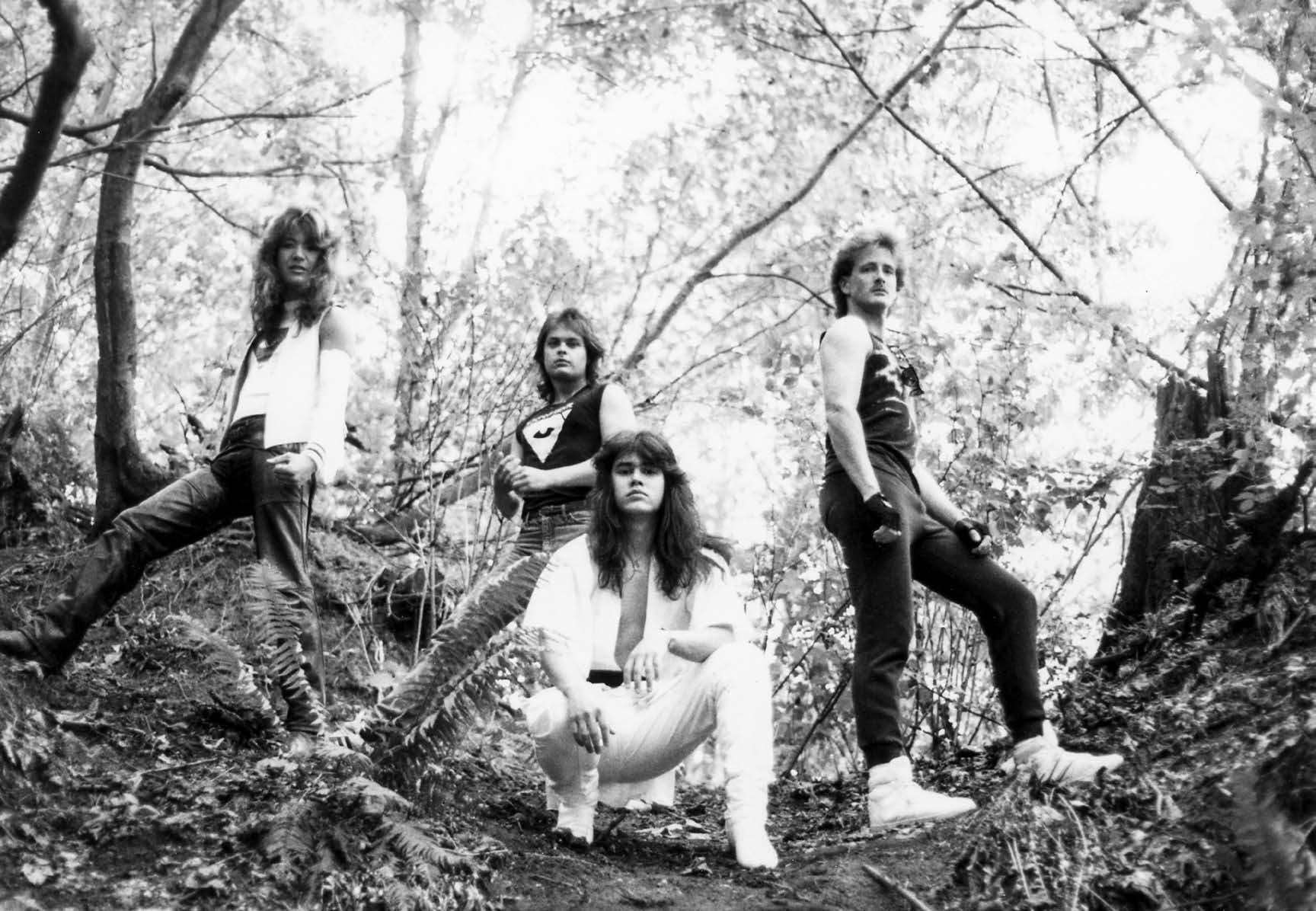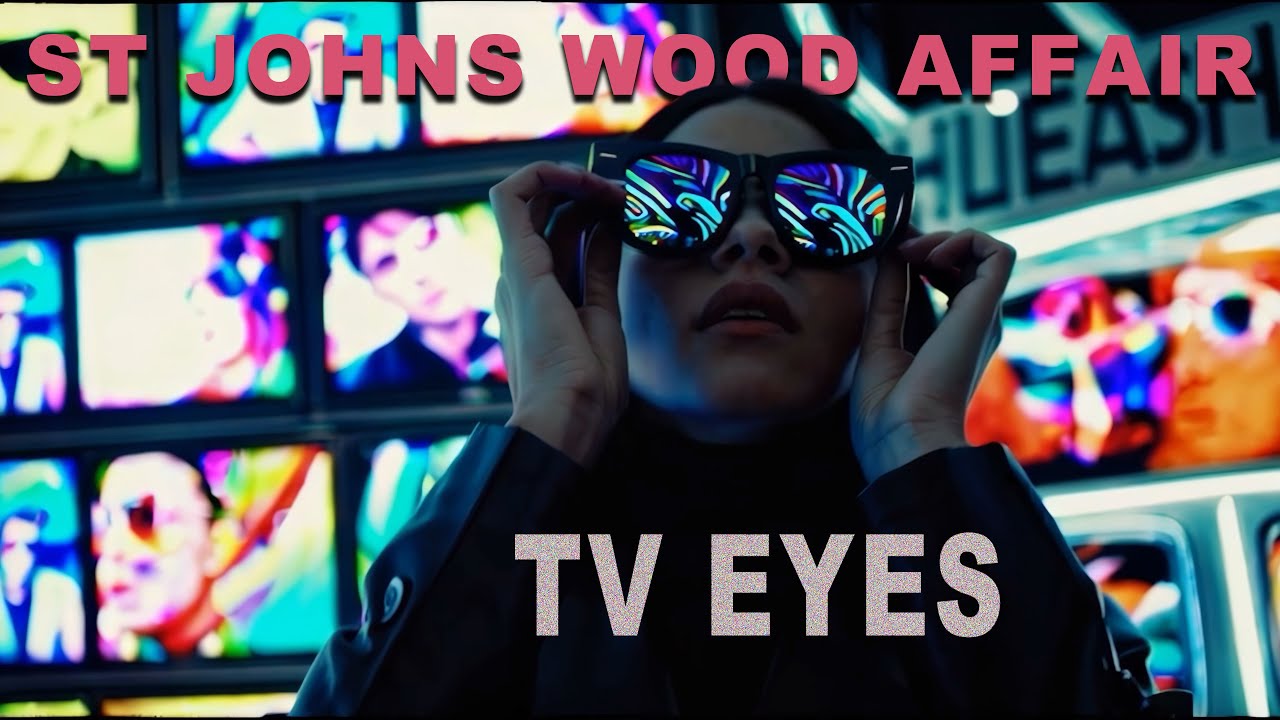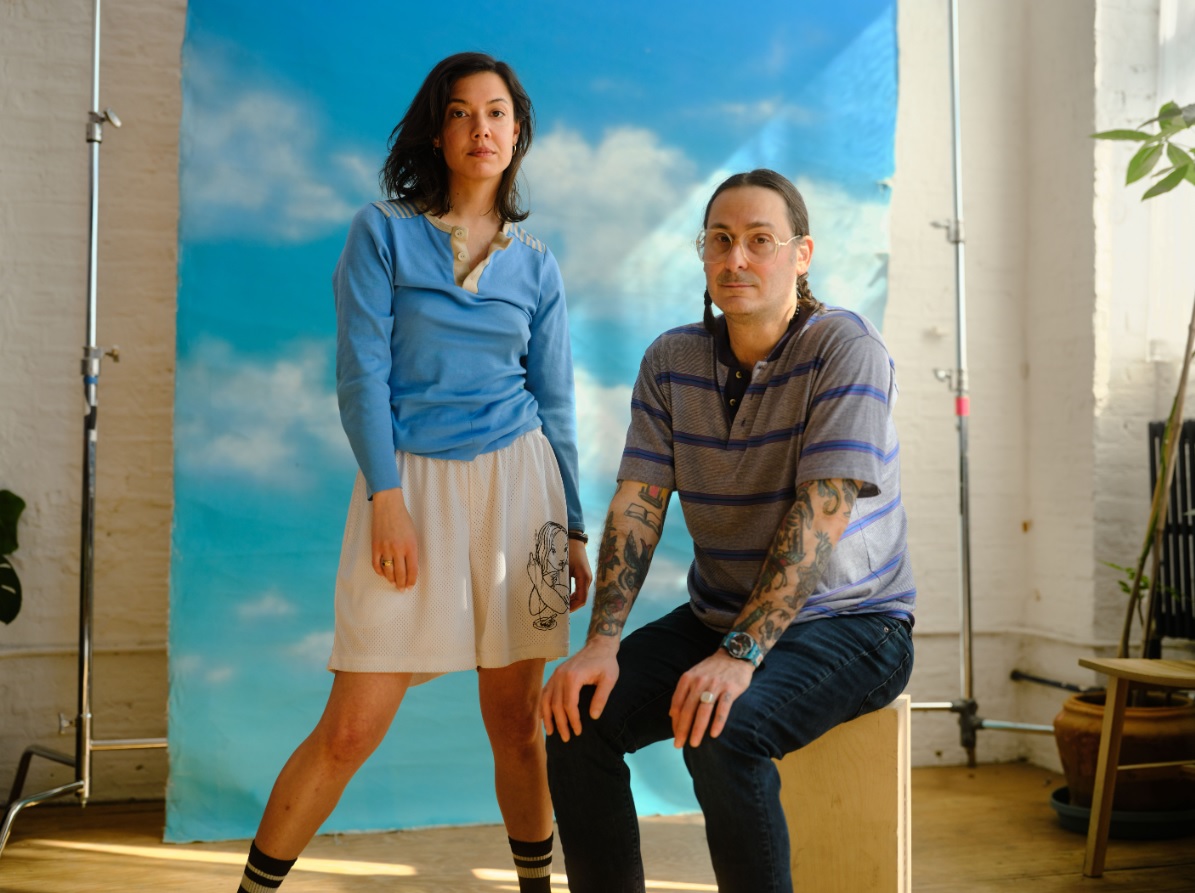The birth of psychedelic literature
The peak of the illicit use of hallucinogenic drugs in the UK and North America was between the early 1950s and late 1970s. The correlation between drugs and culture was at the time completely blurred, because drugs became the primary influence of art, music and overall lifestyle for the youth of the postwar era. Due to several government-imposed laws, the prohibition of drug use was strong, but nowhere close to actually stopping it.
Because this period has also seen the birth of many subcultures, the fact that every cultural aspect of the society was suddenly drug-infused shouldn’t be surprising. Moreover, it shouldn’t be surprising that the more the government was fighting the drugs, more drugged the youth became. The best works of art, as well as the best literature of that time were, as a matter of fact, drug-infused, and when the cultural leaders of an era are drug-consumers, the government can do little. Before we continue, it is important to realize that we don’t need psychedelic drugs to write exceptionally; nowadays, all we have to do is visit Papersowl where you can simply ask “write me an assignment”in order to get the best online writing services, whether we need an essay, paper or other written assignments.
How it all began?
There we come to the birth of psychedelic subculture. Between heroin, LSD and other emerging forms of getting high, psychedelic subcultures offered the youth the possibility of change. The change they had in mind was political mostly, but also cultural and regarded the differences between people and classes. The essential social questions of the time all of a sudden could only be answered through high doses of psychedelics, loud screeching music, and pseudo-philosophical statements, as some would describe, usually expressed in the so-called psychedelic literature.
Aldous Huxley and The Doors of Perception
Let’s take, as an example, the name and work of Aldous Huxley. He began using the psychedelic drug mescaline in the spring of 1953. As a writer and philosopher, Huxley’s experience with mescaline became the central theme and tone of his future work. Many don’t know this, but his work The Doors of Perception was the very birth of psychedelic literature, one that would comence dozens of years of psychedelic inspiration for future written words. In The Doors of Perception, Huxley recounted his experience with mescaline. It has a form of some kind drug field report turning into a drug essay where, clearly, Huxley’s mind became utterly destabilized. Nevertheless, The Doors of Perception was so influential to the counterculture of the time, that Jim Morrison decided to call his group The Doors, being heavily influenced and inspired by the book and Huxley himself. The influence was also recognized in the Hippie movement and music, like that of Jimi Hendrix and Janis Joplin.
Later on, Huxley went on experience with other psychedelic drugs, like LSD, which he stated to be more profound than mescaline. It is important to mention that Huxley’s journey in the psychedelic literature continued, and most notable would be the idea of ‘tripping’ to become a creative mastermind behind one’s written work. On such piece of work of his would be Heaven and Hell from 1956, where he discussed the importance of self-realization and self-improvement through drug use. In his final work, Island, Huxley turned to the exploration of hedonistic intoxication for the sake of creating a so-called utopian space. The value of psychedelic drugs in literature became Huxley’s obsession, turning him into some kind of utopian hero who thinks drugs can have a potential role in constructing a utopian society.
William Burroughs and the Junkie
The early 1950s also saw the rise of William S. Burroughs, the famous and influential American writer and visual artist. As early as in 1944, Burroughs started his experimentation with heroin, which would later take shape of a semi-autobiographical work of his, published in 1953 and titled Junkie: Confessions of an Unredeemed Drug Addict. This novel has changed completely what is actually meant to be a junkie as Burroughs turns to the stories of heroin addiction and the effects it had on his lifestyle and work. It was at that time a controversial work, as well as unpublishable, but it soon became a must-read because of the memorable, aloof, dry, yet honest and eye-opening writing about feelings, thoughts, and actions while being on heroin. The world has never seen a text like this one, and many believe that Burroughs drug experiments even helped people and doctors understand the neurological effects of drug use.
Burroughs was known for also known for his experimentation with yage, a hallucinogenic drug from South America, that cause more intense and long-lasting hallucinations than LSD or heroin do. Burroughs started his yage consumption in the mid-1960s, that has influenced the discussion about the treatment for Parkinson’s disease, as well as Burroughs work. In the Yage Letters, Burroughs explained his intoxication with yage and promised the drug gives telepathic abilities. The book comprised letters between Burroughs and Allen Ginsberg.
“Psychedelic literature was a rather minor literary movement but known as a significant contribution to the medial and cultural discussion regarding the use of psychedelic drugs.”
The Aftermath
Psychedelic literature was a rather minor literary movement but known as a significant contribution to the medial and cultural discussion regarding the use of psychedelic drugs. It has started a dialogue in the medical community, especially in psychology and psychiatry, in terms of considering therapies that used psychedelic methods. The ideas that psychedelic literature introduced in such a short time were innovative and groundbreaking, but since government laws would put a halt of mass drug use, so would the ideas fade away slowly, but surely. Apart from the culture and the government laws, the psychedelic drugs did remain popular and even took on popularity over the course of the next decades. Even nowadays we can witness writers, artists, singers, filmmakers being influenced by the psychedelic literature movement, as well as the psychedelic subcultures of the time.
– Eveline Heston



